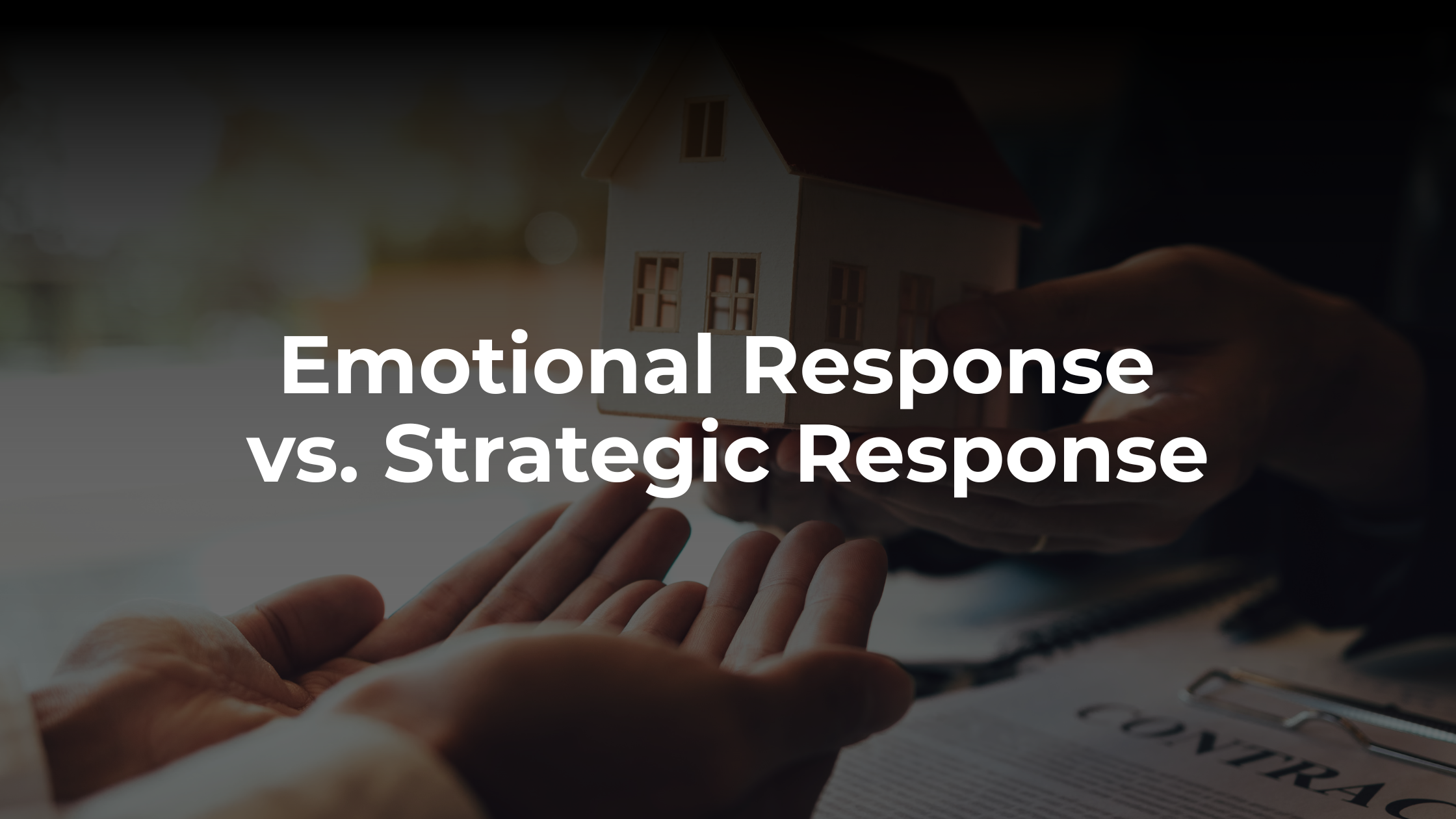Negotiate Like a Pro: Strategies for Dealing with Low Ball Offers
Hello and welcome!
As a seasoned real estate agent with almost 30 years of experience, I've seen my fair share of low ball offers. If you're selling your home and wondering how to handle these challenging offers, you're in the right place.
In this guide, I’ll share proven strategies for responding to low ball offers and turning them into successful sales. Let’s dive in!
Understanding Low Ball Offers
Let’s begin by defining what a low ball offer actually is. Typically, it's when a buyer makes an offer significantly below your asking price—often 10% to 30% lower.
Buyers might do this to test the waters or because they’re unfamiliar with the current market. But remember, this isn’t the end of negotiations—it's just the beginning. With the right approach, you can turn even a disappointing offer into a productive conversation.
.png?w=1140)
Emotional Response vs. Strategic Response
Receiving a low ball offer can be frustrating, but it’s essential to manage your emotions. In my 30 years in the business, I’ve seen many sellers take offense—but I always remind them that negotiation is part of the process.
Use it as an opportunity. Keep a clear and logical mindset. As your real estate partner, I’m here to support you and ensure your responses stay strategic, not emotional.
.png?w=1140)
Countering Low Ball Offers
Don’t ignore a low ball offer. Always consider countering.
Even if you respond at full asking price, you’re keeping the conversation alive. One effective response might be:
"We appreciate your interest, but we’re looking for a more serious offer. We’re open to negotiation, but we need a better starting point."
This approach keeps you in control and positions you for a better outcome. In negotiations, I always say—never let the deal die on your side of the court.
Stay Ahead of the Market!
Before we dive in, make sure you’re following me for real-time market insights, expert analysis, and tips for navigating today’s housing market.


.png?w=1140)
Demonstrating Property Value
Sometimes buyers question your asking price. Be prepared to justify it.
Pull recent comparable sales and highlight upgrades, renovations, or unique features of your home. As a listing agent, I work with my clients to build a compelling case for their home’s value.
This data-driven strategy helps serious buyers understand what makes your property worth every dollar.
.png?w=1140)
Knowing When to Walk Away
Not every buyer is the right fit. If their final offer doesn’t meet your needs, don’t be afraid to walk away.
Sometimes the best negotiation strategy is knowing when to say no. Focus on attracting a buyer who sees and values what your home truly offers. Many of my clients have found stronger offers simply by waiting for the right match.
Conclusion
Dealing with low ball offers is part of the selling journey—and with the right strategy, it doesn’t have to be a setback.
Stay calm and composed
Keep negotiations alive
Present your home’s true value
Know your bottom line
Every offer is a starting point. And in a competitive market, it might even attract other interested buyers.
Have questions or want advice on a current offer? I’ve successfully negotiated thousands of deals in my career, and I’m here to help you achieve YOUR real estate goals.
.png)
.png)
.png)
.png)
.png?w=128&h=128)